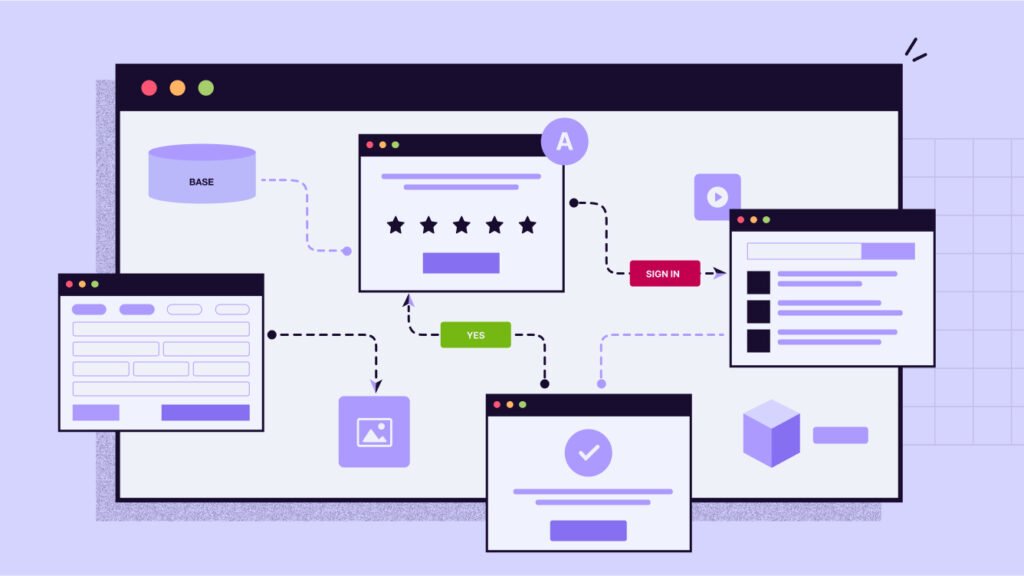The way businesses operate is changing faster than ever. Manual tasks, repeated data entry, and long approval chains slow down productivity. This is why many organizations are switching to workflow automation to reduce errors, improve speed, and save costs. Teams now prefer digital systems that make it easier to manage workflows across departments—whether in HR, Finance, Procurement, IT, or Operations. In 2026, companies that adopt smarter and simpler automation will outperform those still relying on spreadsheets and email threads.
Why Workflow Automation Matters in 2026
Businesses deal with more data, customers, and regulations than before. Without automation, employees get stuck doing low-value tasks like:
- Collecting information from multiple emails
- Filling forms again and again
- Waiting for approval from busy managers
- Searching for missing documents
- Working with outdated information
Workflow automation solves these issues by turning manual steps into digital, repeatable processes that run smoothly every time.
Some benefits include:
- Faster processing and approvals
- Increased accuracy with reduced human errors
- Better transparency and tracking
- Strong compliance and audit trails
- Improved collaboration between teams
- Lower operational costs
In short, automation helps employees focus on important work instead of routine tasks.
How Smarter Workflow Management Works
Modern workflow automation platforms offer easy drag-and-drop tools and AI-powered recommendations. They help teams design workflows without writing any code. With digital forms, rule-based routing, and automatic notifications, every task flows to the right person at the right time.
Key features businesses now expect include:
| Smart Workflow Feature | What It Helps With |
| No-code visual builder | Create workflows fast, no developers needed |
| Automated approvals | Speed up decision-making |
| Document routing | Avoid email confusion and lost files |
| Integrations with apps | Connect CRM, ERP, HR, and accounting tools |
| Analytics and dashboards | Track performance and remove bottlenecks |
| AI suggestions | Improve process efficiency over time |
Top Use Cases for Workflow Automation in 2026
Workflow automation is no longer limited to IT teams—any business function can benefit. Popular use cases include:
1. HR and Employee Experience
- Employee onboarding and offboarding
- Leave requests and attendance approvals
- Performance review workflows
2. Finance and Procurement
- Purchase requests and purchase orders
- Vendor onboarding and vendor evaluation
- Invoice approvals and expense reimbursements
3. Operations and Administration
- Asset tracking and maintenance requests
- Project tracking and resource allocation
- Contract approval management
4. Sales and Customer Support
- Sales deal approvals and discount requests
- Support ticket escalation
- Customer onboarding workflows
With automation, each of these activities becomes faster, more transparent, and easier to scale.
AI in Workflow Automation: The 2026 Advantage
Artificial Intelligence now plays a bigger role in workflow improvement. AI can:
- Predict delays and suggest fixes
- Assign tasks based on workload and priorities
- Extract data from invoices and documents
- Recommend the next best action in a workflow
- Provide summaries for faster decision-making
AI makes workflows smarter, not just digital.
5 Simple Steps to Get Started
Many companies worry that automation will be complex. But starting in 2026 is easier than ever:
1️⃣ List repetitive work – Identify slow, manual, or error-prone tasks.
2️⃣ Select a no-code automation platform – Choose a tool that is simple and scalable.
3️⃣ Create digital forms and rules – Replace email attachments and paper forms.
4️⃣ Test and launch the workflow – Run a pilot with a small group.
5️⃣ Monitor, measure, and improve – Use dashboards to find improvement areas.
Automation is not a one-time task—it is a continuous path toward better processes.
Conclusion
Workflow automation is no longer a technology for the future—it is a must-have for 2026 and beyond. Companies that invest in smarter digital processes see faster growth and better results. Employees become more productive, decisions move faster, and customers enjoy better service. With AI, analytics, and no-code tools, businesses of any size can transform operations without complexity.
If organizations want to stay competitive, they must embrace modern ways to manage workflows and automate routine tasks. Workflow automation is not just about efficiency—it is about creating a workplace where teams can do meaningful, impactful work. The future belongs to businesses that automate smartly, improve continuously, and innovate confidently.


